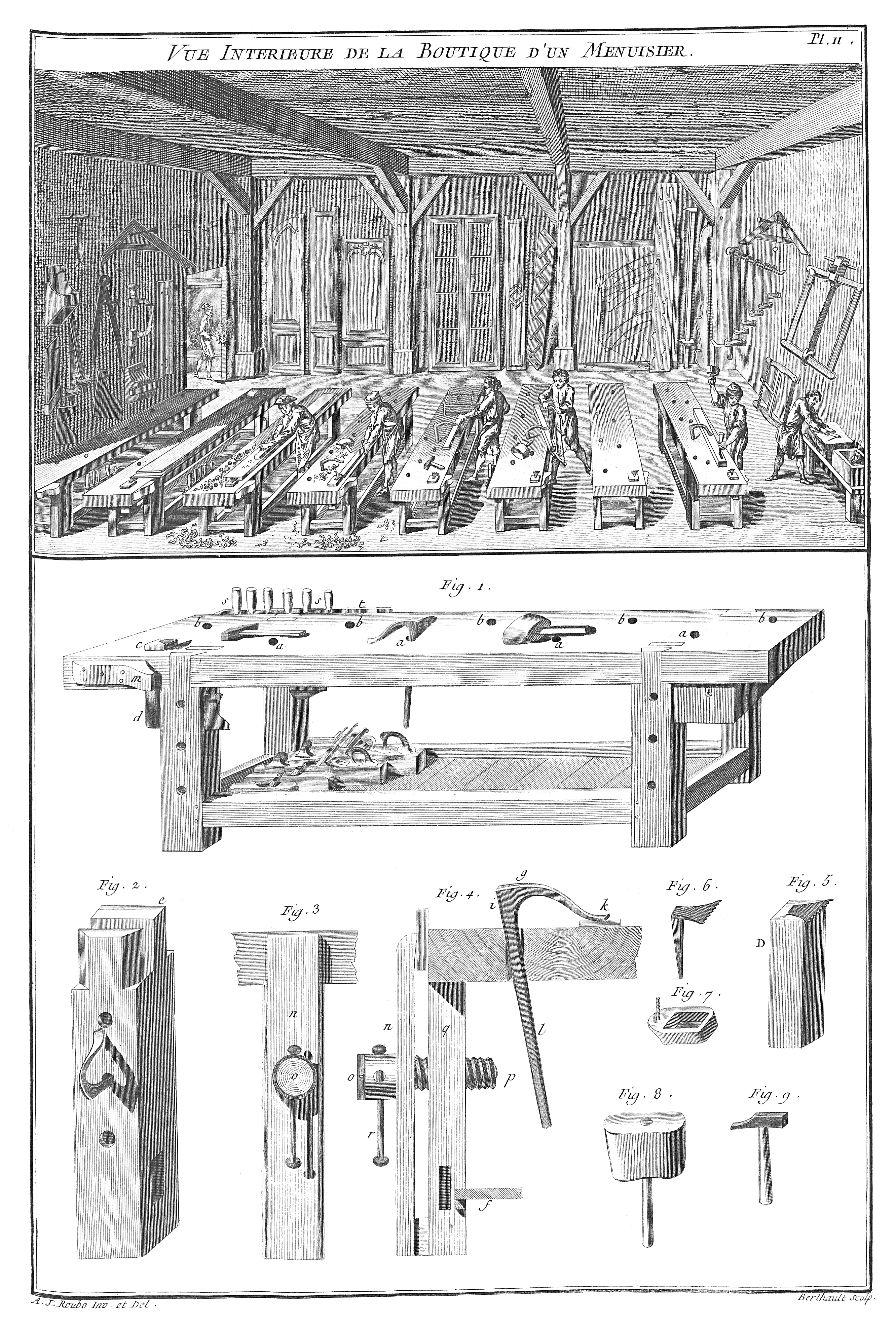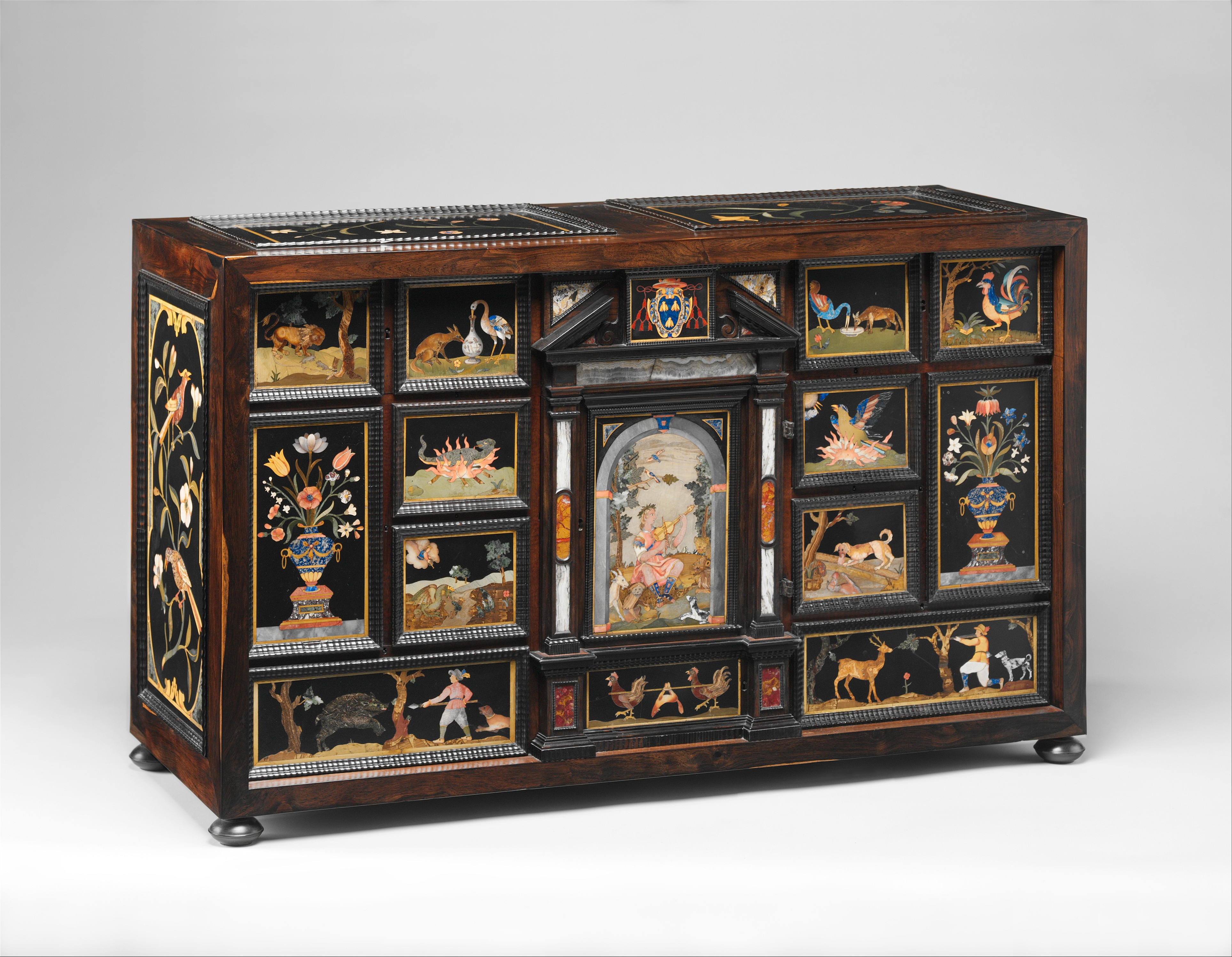|
Chip-carving
Chip carving or chip-carving, ''kerbschnitt'' in German, is a style of carving in which knives or chisels are used to remove small chips of the material from a flat surface in a single piece. The style became important in Migration Period metalwork, mainly animal style jewellery, where the faceted surfaces created caught the light to give a glinting appearance. This was very probably a transfer to metalworking of a technique already used in woodcarving, but no wooden examples have survived. Famous Anglo-Saxon examples include the jewellery from Sutton Hoo and the Tassilo Chalice, though the style originated in mainland Europe. In later British and Irish metalwork, the same style was imitated using casting, which is often called imitation chip-carving, or sometimes just chip carving (authors are not always careful to distinguish the two), a term also sometimes applied to pottery decorated in a similar way. Woodwork In modern wood carving, the style is also called spoon carving. ... [...More Info...] [...Related Items...] OR: [Wikipedia] [Google] [Baidu] |
Tassilo Chalice
The Tassilo Chalice (german: Tassilokelch; la, Calix Tassilonis) is a bronze chalice, gilded with silver and gold, dating from the 8th century AD. The chalice is of Anglo-Saxon design, and has probably been at Kremsmünster Abbey, Austria since shortly after it was made. History Dating from c. 770-790 AD, the chalice was donated by Liutperga, wife of the Bavarian Duke Tassilo III, possibly on the occasion of the establishment of the Benedictine Abbey at Kremsmünster in 777. The chalice is composed of an egg-shaped cup, a large knop (ornamental knob), and a relatively narrow foot (base). The chalice is cast in bronze that has been gilded with gold and silver and decorated by various methods, including niello engraving and chip-carving. It stands 25.5 cm high, and weighs 3.05 kg; its cup holds approximately 1.75 litres. The interlinked oval medallions round the cup show Christ (together with the initials "I" and "S", for ''Iesus Salvator'') and four Evangelist por ... [...More Info...] [...Related Items...] OR: [Wikipedia] [Google] [Baidu] |
Sutton Hoo
Sutton Hoo is the site of two early medieval cemeteries dating from the 6th to 7th centuries near the English town of Woodbridge. Archaeologists have been excavating the area since 1938, when a previously undisturbed ship burial containing a wealth of Anglo-Saxon artefacts was discovered. The site is important in establishing the history of the Anglo-Saxon kingdom of East Anglia as well as illuminating the Anglo-Saxons during a period which lacks historical documentation. The site was first excavated by Basil Brown, a self-taught archaeologist, under the auspices of the landowner Edith Pretty, but when its importance became apparent, national experts took over. The artefacts the archaeologists found in the burial chamber include a suite of metalwork dress fittings in gold and gems, a ceremonial helmet, a shield and sword, a lyre, and silver plate from the Byzantine Empire. The ship burial has prompted comparisons with the world of ''Beowulf''. The Old English poem is par ... [...More Info...] [...Related Items...] OR: [Wikipedia] [Google] [Baidu] |
Geometric
Geometry (; ) is, with arithmetic, one of the oldest branches of mathematics. It is concerned with properties of space such as the distance, shape, size, and relative position of figures. A mathematician who works in the field of geometry is called a ''geometer''. Until the 19th century, geometry was almost exclusively devoted to Euclidean geometry, which includes the notions of point, line, plane, distance, angle, surface, and curve, as fundamental concepts. During the 19th century several discoveries enlarged dramatically the scope of geometry. One of the oldest such discoveries is Carl Friedrich Gauss' ("remarkable theorem") that asserts roughly that the Gaussian curvature of a surface is independent from any specific embedding in a Euclidean space. This implies that surfaces can be studied ''intrinsically'', that is, as stand-alone spaces, and has been expanded into the theory of manifolds and Riemannian geometry. Later in the 19th century, it appeared that geometries wit ... [...More Info...] [...Related Items...] OR: [Wikipedia] [Google] [Baidu] |
Carving
Carving is the act of using tools to shape something from a material by scraping away portions of that material. The technique can be applied to any material that is solid enough to hold a form even when pieces have been removed from it, and yet soft enough for portions to be scraped away with available tools. Carving, as a means for making stone or wooden sculpture, is distinct from methods using soft and malleable materials like clay, fruit, and melted glass, which may be shaped into the desired forms while soft and then harden into that form. Carving tends to require much more work than methods using malleable materials.Daniel Marcus Mendelowitz, ''Children Are Artists: An Introduction to Children's Art for Teachers and Parents'' (1953), p. 136. Kinds of carving include: * Bone carving * Chip carving * Fruit carving * Gourd carving or gourd art * Ice carving or ice sculpture * Ivory carving * Stone carving ** Petroglyph * Vegetable carving ** Thaeng yuak (Banana stalk ... [...More Info...] [...Related Items...] OR: [Wikipedia] [Google] [Baidu] |
Workbench
A workbench is a sturdy table at which manual work is done. They range from simple flat surfaces to very complex designs that may be considered tools in themselves. Workbenches vary in size from tiny jewellers benches to the huge benches used by staircase makers. Almost all workbenches are rectangular in shape, often using the surface, corners and edges as flat/square and dimension standards. Design is as varied as the type of work for which the benches are used but most share these attributes: * A comfortable height for working with provisions for seated or standing work * A way to fix the workpiece to the surface so that it may be worked with both hands * Provisions for mounting, storing and accessing tools Workbenches are made from many different materials including metal, wood, stone, and composites depending on the needs of the work. Types Workbench types may be divided according to the particular work they are designed to accommodate: ;Multi-purpose/portable: These be ... [...More Info...] [...Related Items...] OR: [Wikipedia] [Google] [Baidu] |
Cabinet Making A cabinet is a case or cupboard with shelves and |




